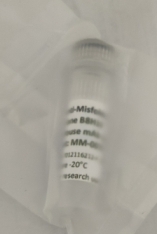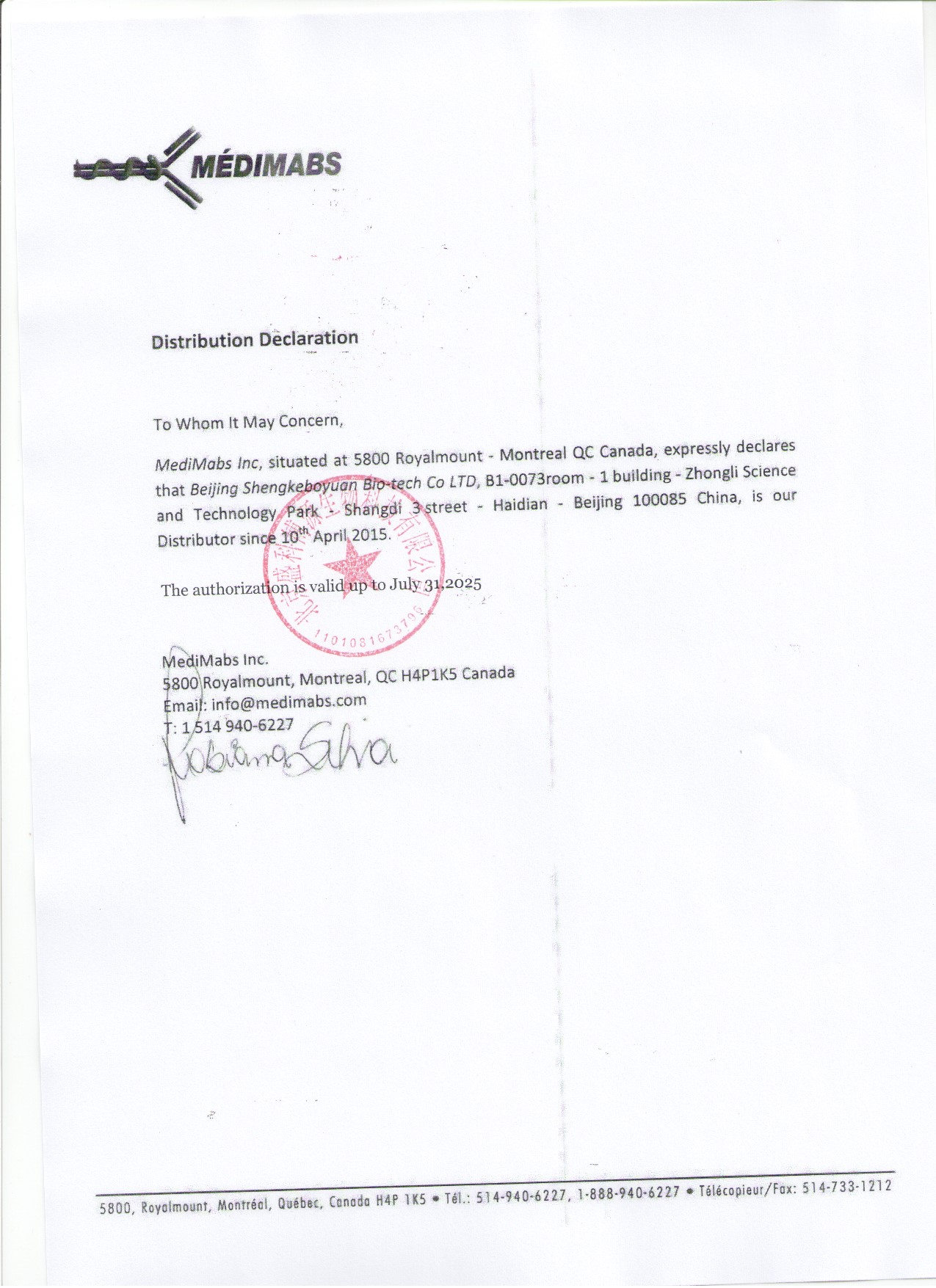 首页>
生物试剂
首页>
生物试剂
商家描述
商家资质信息
产品评价(0)
Target
RPTPsigma
Target background
Type IIa receptor protein tyrosine phosphatases (RPTPs) are a group of well-characterized proteins that are involved in axon growth and guidance during neural development. Members of this subfamily, RPTPσ, RPTPδ and LAR contain two cytoplasmic phosphatase domains and extracellular immunoglobulin domains followed by fibronectin type III repeats. RPTPσ is a type I transmembrane protein that has an apparent molecular weight of approximately 80 kDa. It is highly expressed by neurons in developing and adult mammalian nervous system. Knock-out mice for RPTPσ show growth retardation, delayed peripheral nerve development and high mortality rates. The role of RPTPσ in axon guidance during development suggests it could influence axon regeneration after injury in the adult mouse. It has been shown that RPTPσ slows axon regeneration in the adult injured CNS.
Target alias
R-PTP-S, PTPNU-3, Receptor-type tyrosine-protein phosphatase sigma, R-PTP-sigma, Ptprs
Immunogen
recombinant protein corresponding to the intracellular domain of mouse RPTP .
Specificity
The antibody recognizes the intracellular sub-unit of RPTPσ.
Clone ID
17G7.2
Isotype
IgG1 kappa
Preservative
None
Format
Purified with protein G, stored in PBS pH 7.4 and lyophilized.
Recommend starting dilution
If reconstituted with deionized water in 100 µL: WB 1:2000. Optimal dilution has to be determined by the user.
Limitations
Research Use Only
Storage
Lyophilized antibodies can be kept at 4ºC for up to 3 months and should be kept at -20ºC for long-term storage (2 years). To avoid freeze-thaw cycles, reconstituted antibodies should be aliquoted before freezing for long-term (1 year) storage (-80ºC) or kept at 4ºC for short-term usage (2 months). For maximum recovery of product, centrifuge the original vial prior to removing the cap. Further dilutions can be made with the assay buffer. After the maximum long-term storage period (2 years lyophilized or 1 year reconstituted) antibodies should be tested in your assay with a standard sample to verify if you have noticed any decrease in their efficacy. To limit antibody loss or degradation, BSA (final concentration 1%) and sodium azide (final concentration 0.02%) can be added to the suggested first dilution. It is important to first verify if those preservatives are compatible with your assay.
 会员登录
会员登录.getTime()%>)
 购物车()
购物车()

 成功收藏产品
成功收藏产品
